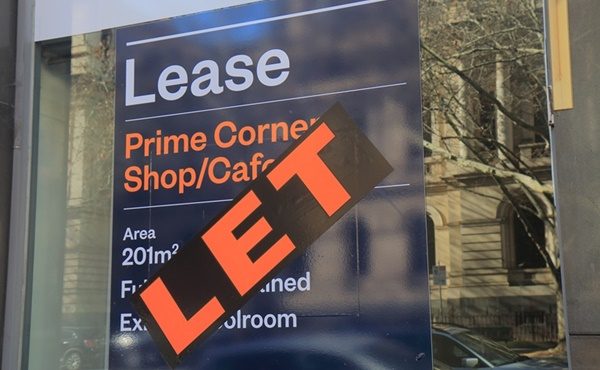The growing list of failed retailers over the past 12 to 18 months represents only a small percentage of the number on the blink or at least in distress.
Scratch the surface of any shopping centre and you will discover the open wounds of a market at tipping point towards on epidemic.
The symptoms of such an epidemic are widely recognised when we only reference Dr Google such as the growth in online sales, the landing of overseas retailers and the pressures on household expenditure through rising energy and fuel prices.
But like anyone who relies on Dr Google to solve their ailments everyone involved can point to these symptoms―shrug their shoulders and repeat ‘nothing we can do here’ hoping the market will heal itself.
Take a more clinical diagnoses and the professional will see there are deeper causes and things are going to get a lot worse before they get better.
These causes, however, are like an epidemic―widespread occurrences. Not unlike a long term smoker accepting their fate is easier than changing habits to have a better outcome.
And just like the long term smoker the retail leasing market has formed habits it finds hard to change.
After more than three decades of sales reporting and occupancy cost data collation the assumption that shopping centre reports and their dreaded averages have somehow become the bibles on how retailers should perform, is like the Marlboro Man saying smoking is cool and won’t harm you.
Other causes like the addiction of landlords to inflated fixed rent increases, stating that fixed five per cent or CPI +2 per cent is corporate policy and nothing can be done, is not dissimilar to the tax government puts on cigarettes. Put the tax up and the smoker (the retailer) keeps paying.
And then there is the tumour which starts out slow but rapidly multiplies to suck the life out of the retailer. This is unfortunately a very common tumour―duplication of permitted use/product ranges.
How a retailer can budget and forecast sustainable rent to sales ratios when landlords are dilating the sales is a major cause.
Now the suggestion that retail leasing market has operated in balance is false. Since the GFC it has ebbed and flowed between unsustainable growth and tipping point to reflect a robust and often polarised market that tended to navigate towards a somewhat functioning market.
But the signs are there now that the market has jolted through tipping point resulting in an epidemic of failures.
Unless of course both the landlords and retailers take action to heal the patient through market resets not just at lease renewal but right now during the current lease term.
Otherwise, the epidemic will take hold with ever increasing vacancy rates and retailer failures.
The patient needs to also help itself, the obvious is to educate themselves and the landlord on their market category, constant analysis and research of sales performances and do the work needed to influence the market outcomes throughout the lease―and stop the laziness of only addressing these metrics near lease end.
We are never going to put the genie back in the bottle on sales reporting, one of the core causes of the current epidemic, but instead of swallowing the pill every month giving over sales blindly, get off the pills and do the work.
Each month retailers need to use sales reporting as an opportunity to provide a true snapshot of how the business is performing, not just occasionally but every month and follow up with a quarterly reality check and do the work.
Provide a variance percentage of this year to last year sales and to budget and more importantly report the actual occupancy cost percentage against your own benchmarks.
Don’t leave the landlord thinking for a second your business is operating well because the numbers meet their KPIs―the dreaded portfolio/centre averages.
Complete the diagnosis, overlay the causes of fixed increases, diluted sales and landlords dictating that the average KPIs across their centres are actual benchmarks and you find a retail leasing market in the condition it is today―not in the waiting room but in emergency with the paddles charging up.
By Phillip Chapman, Lease1







